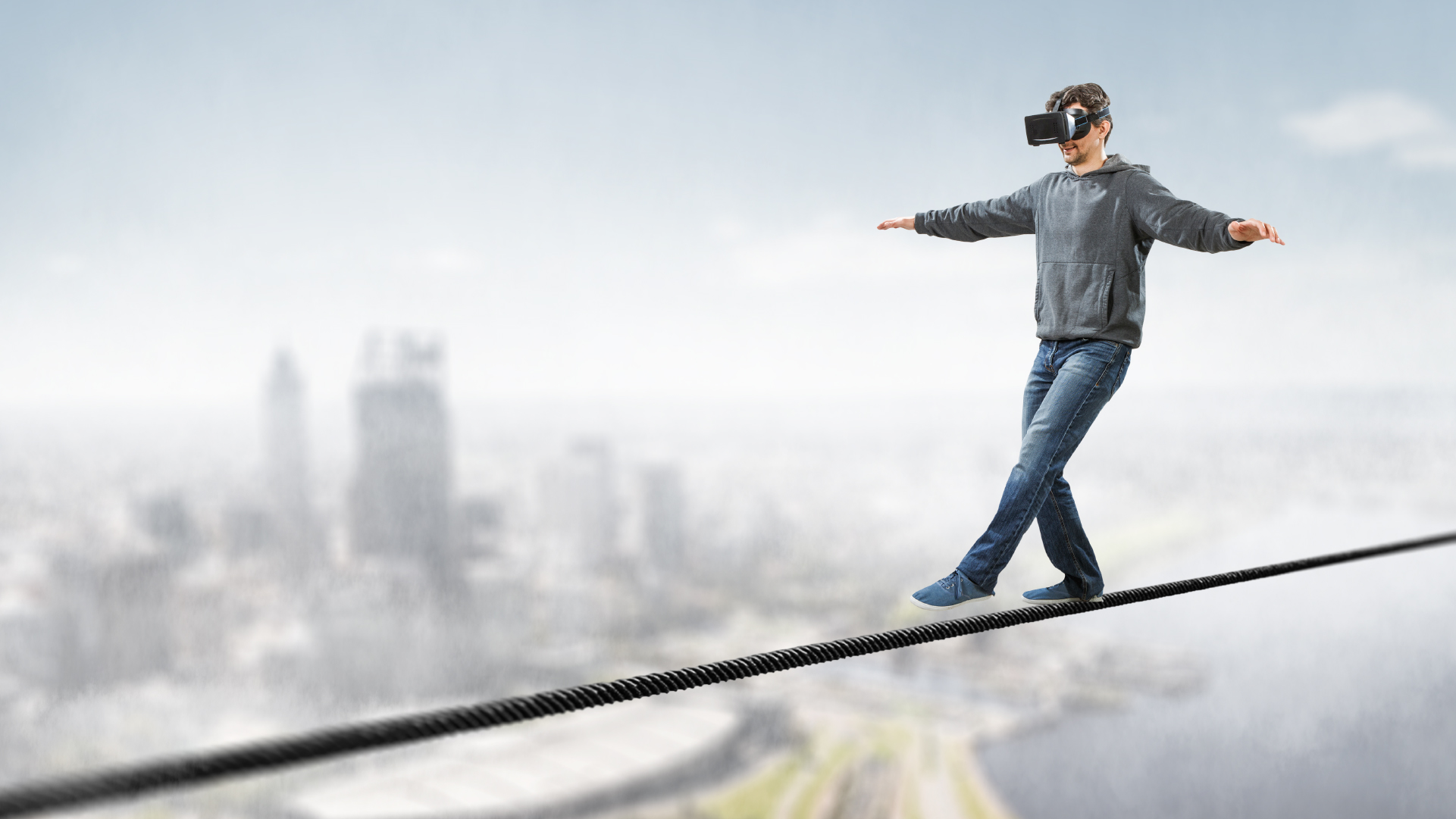The Benefits of Virtual Reality Therapy for Phobia Treatment
Phobias are a type of anxiety disorder that involve an intense, irrational fear of a specific object or situation. They can range from relatively common fears like heights and spiders, to more obscure phobias like fear of buttons or balloons. In some cases, these fears can be so severe that they interfere with daily life and lead to significant distress.
Virtual Reality (VR) is an emerging technology that has shown promise in the treatment of phobias. Virtual Reality-based Exposure Therapy (VRET) is an innovative approach to treating phobias. It involves using a VR headset and a computer-generated environment to simulate the object or situation that triggers the patient’s fear response. The patient can then interact with the virtual environment in a controlled setting, allowing them to confront their fears gradually.
Here are some common types of phobias and how they can be treated using VR:
Arachnophobia: Fear of spiders
This is one of the most common phobias, affecting up to 10% of the population. Treatment with VR involves gradually exposing the individual to spiders in a virtual environment, starting with less threatening spiders and gradually progressing to more realistic and intense scenarios.
Acrophobia: Fear of heights
Acrophobia is another common phobia, and VR treatment involves simulating a variety of heights and situations, starting with less intimidating heights and working up to more intense ones. The VR experience can be customised to the individual’s specific fears, such as fear of falling or fear of open spaces.
Claustrophobia: Fear of enclosed spaces
This phobia can be treated using VR by creating a simulated environment that mimics an enclosed space, such as an elevator or small room. The individual can be gradually exposed to the environment while in a controlled and safe setting, which can help reduce anxiety and fear.
Aerophobia: Fear of flying
This is a common phobia that can be treated using VR by simulating a flight experience, including boarding the plane, takeoff, turbulence, and landing. The experience can be customised to the individual’s specific fears, such as fear of crashing or fear of heights.
Trypanophobia: Fear of needles
This phobia can be treated using VR by simulating a medical setting and gradually exposing the individual to needles and injections. The VR experience can be customised to the individual’s specific fears, such as fear of pain or fear of blood.
VRET has several advantages over traditional exposure therapy, including:
Safe and Controlled Environment: VR provides a safe and controlled environment for patients to face their fears. The therapist can adjust the level of exposure and monitor the patient’s response, ensuring that they are not overwhelmed.
Cost-Effective: VRET can be more cost-effective than traditional exposure therapy, as it eliminates the need for real-life situations, which can be expensive to recreate.
Convenient: VRET is also more convenient than traditional exposure therapy. Patients can undergo treatment at home or in a clinic, without the need to travel to real-life situations.
Customizable: VR environments can be customised to suit the patient’s needs. For example, a patient with a fear of flying can be exposed to different scenarios, such as takeoff, turbulence, and landing.
Several studies have shown the effectiveness of VRET in treating different phobias. For example, a study conducted by the University of Oxford found that VRET was effective in treating patients with a fear of heights. The study showed that patients who underwent VRET had significant improvements in their fear of heights, with some even reporting a complete resolution of their phobia.
In conclusion, VR is a promising tool for the treatment of phobias. By creating a safe and controlled environment, individuals can gradually desensitise themselves to the feared object or situation, and ultimately overcome their phobia. While traditional treatments like cognitive-behavioural therapy (CBT) remain the gold standard for phobia treatment, VR can be a useful adjunct to these treatments, and can help individuals who are unable or unwilling to undergo traditional therapies.
If you’re interested in incorporating VR technology into your healthcare practice to help patients with phobias, don’t hesitate to get in touch with us at DevDen. Our team is passionate about using technology to improve healthcare outcomes, and we’re excited to work with you to create a VR experience that can make a real difference in the lives of your patients. Contact us today to learn more!




